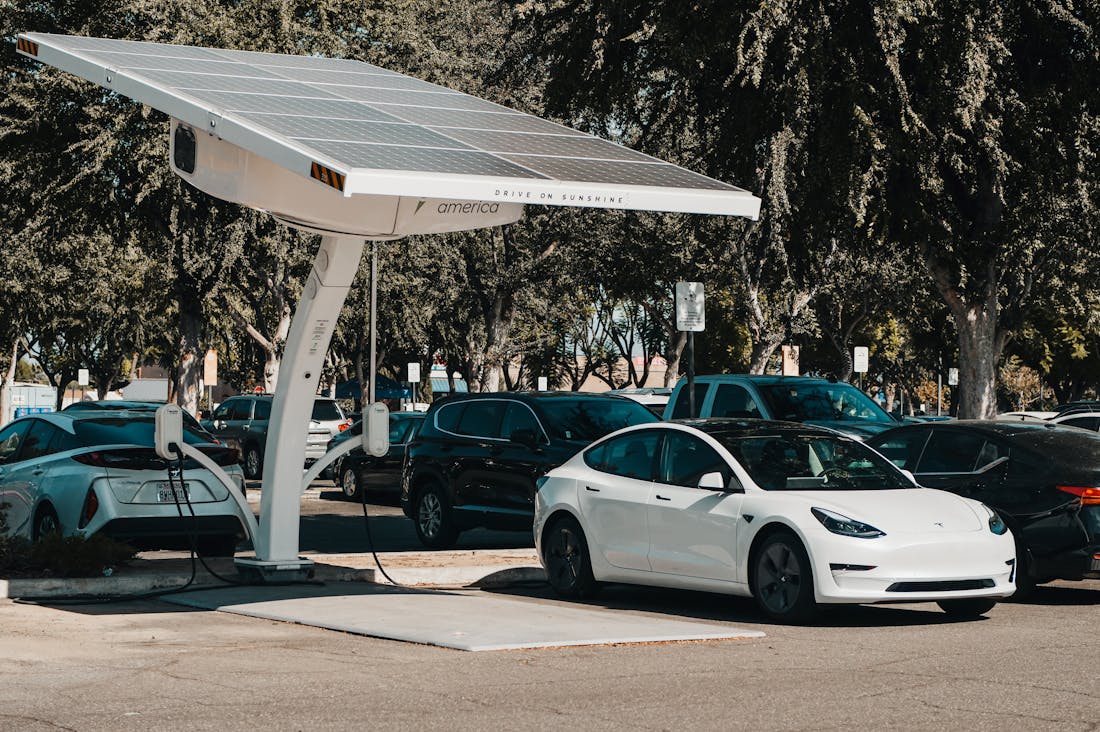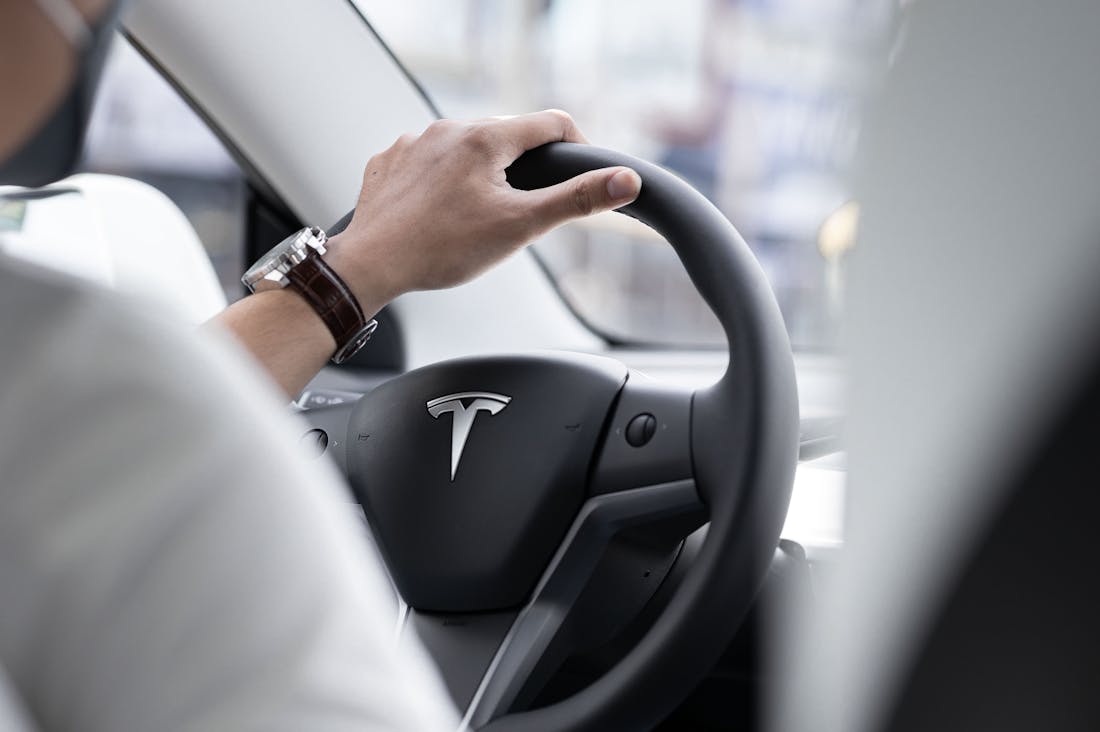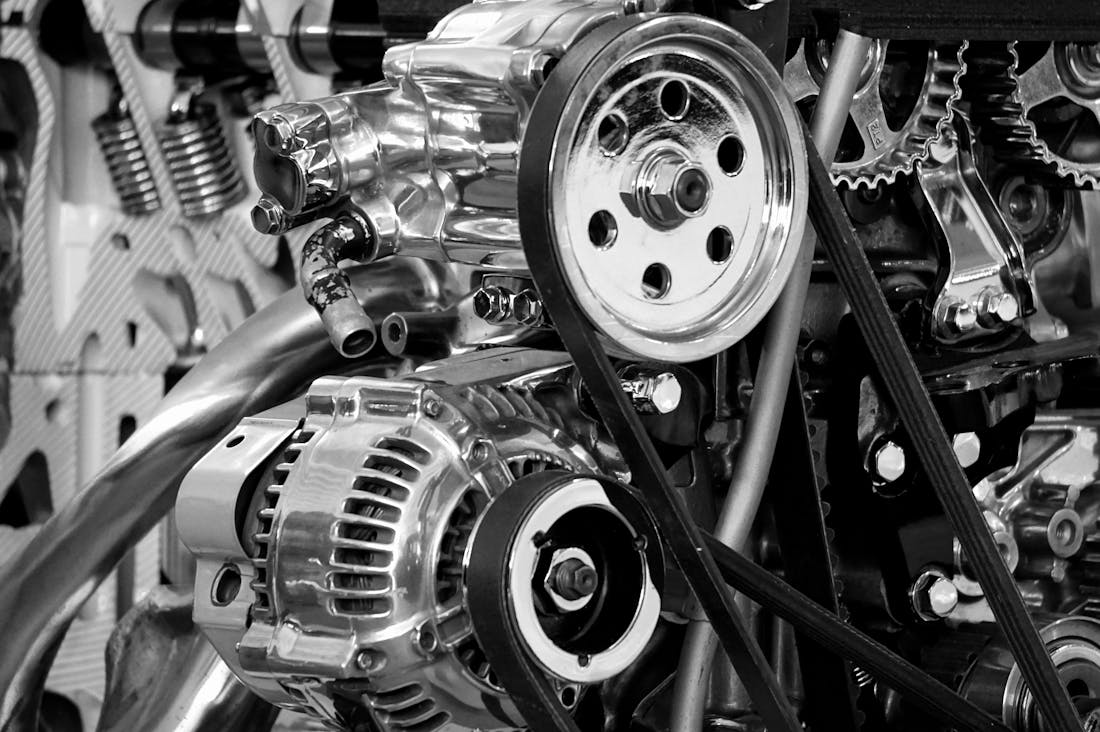As the automotive industry evolves at an unprecedented pace, innovations are reshaping mobility and redefining our relationship with transportation. Electric vehicles (EVs) are at the forefront of this transformation, offering sustainable alternatives to traditional combustion engines. Beyond electrification, advancements in autonomous driving, connectivity, and smart technologies are paving the way for a future where vehicles are not just modes of transport, but integral elements of a smarter, more sustainable ecosystem. This exploration delves into the groundbreaking technologies and trends that are shaping the future of automotive innovation, heralding a new era of efficiency, safety, and environmental stewardship.

Understanding Electric Vehicle Technology
Understanding electric vehicle (EV) technology involves grasping the intricacies of how these vehicles operate, their components, and their environmental benefits. Central to EVs is the electric motor, which transforms electrical energy into mechanical energy, providing instant torque and a smooth driving experience. Key components also include the battery pack, typically lithium-ion, which stores energy and determines the vehicle's range. Charging infrastructure, encompassing home and public charging stations, plays a crucial role in EV accessibility. Additionally, battery management systems ensure optimal performance and longevity. Embracing EV technology not only contributes to reduced greenhouse gas emissions but fosters advancements in energy efficiency, sustainability, and innovation in the automotive industry. Through ongoing research and development, EV technology continues to evolve, promising an exciting future for transportation.

The Impact of Autonomous Driving
The impact of autonomous driving technology is profound, promising to transform various aspects of daily life, transportation infrastructure, and urban planning. By reducing human error—currently a significant factor in over 90% of road accidents—self-driving cars can enhance road safety and save lives. Moreover, they offer increased mobility for individuals unable to drive, such as the elderly or disabled, opening new avenues for independence. Additionally, the potential for reduced traffic congestion and optimized travel routes could lead to decreased fuel consumption and lower emissions, contributing positively to environmental sustainability. However, the widespread adoption of autonomous vehicles also presents challenges, including regulatory hurdles, ethical considerations, and the need for significant advancements in technology and cybersecurity. As society navigates these complexities, the integration of autonomous vehicles holds the promise of reshaping our urban landscapes and enhancing the overall quality of life.

Sustainability in Automobile Manufacturing
Sustainability in automobile manufacturing has gained significant momentum as the industry responds to environmental challenges and societal demands. Manufacturers are increasingly adopting eco-friendly practices, such as utilizing renewable materials and implementing energy-efficient production techniques to minimize their carbon footprints. Innovations like electric and hybrid vehicles are at the forefront of this transition, helping reduce greenhouse gas emissions and reliance on fossil fuels. Moreover, companies are focusing on the circular economy by recycling and reusing materials, ensuring that end-of-life vehicles do not contribute to landfills. As consumer awareness about sustainability grows, automobile manufacturers are not only reshaping their production processes but also adopting transparent practices to foster trust and accountability in their environmental impact. By prioritizing sustainability, the automobile industry is taking vital steps toward a greener future and contributing to global efforts in combatting climate change.
The Role of Connectivity in Modern Vehicles
The integration of connectivity features in modern vehicles is revolutionizing the driving experience and enhancing safety. With the advent of the Internet of Things (IoT), cars are now equipped with advanced sensors and communication technologies that allow them to interact with each other and their environment. This connectivity enables features like real-time traffic updates, remote diagnostics, and over-the-air software updates, ensuring vehicles stay current with the latest advancements. Furthermore, connected vehicles can share data to improve traffic management systems, reducing congestion and emissions. As connectivity continues to evolve, it will foster innovations that enhance not only individual driver experiences but also community-wide transportation efficiency.
Challenges in Transitioning to Electric Mobility
Transitioning to electric mobility presents numerous challenges that stakeholders must address to ensure a smooth shift. One significant hurdle is the expansion of charging infrastructure, which needs to be widespread and accessible to accommodate the growing number of electric vehicles on the road. Additionally, concerns regarding battery production and disposal, including the sourcing of raw materials like lithium and cobalt, raise environmental and ethical questions. Furthermore, the initial cost of electric vehicles can deter potential buyers despite long-term savings on fuel and maintenance. Addressing these challenges requires collaboration between governments, manufacturers, and consumers to create incentives, regulations, and education that promote electric mobility as a viable and sustainable option.
Innovations in Vehicle Safety Technology
Recent innovations in vehicle safety technology are transforming how we approach road safety and accident prevention. Advanced Driver Assistance Systems (ADAS) are becoming increasingly prevalent, incorporating features such as automatic emergency braking, lane-keeping assistance, and adaptive cruise control. These systems utilize a combination of cameras, radar, and artificial intelligence to help drivers avoid accidents and make informed decisions on the road. Additionally, the development of vehicle-to-everything (V2X) communication enhances safety by allowing vehicles to communicate with each other and traffic infrastructure. As these technologies continue to improve, they will play a crucial role in reducing accident rates and fostering a safer driving environment for everyone.
AI-Assisted Content Disclaimer
This article was created with AI assistance and reviewed by a human for accuracy and clarity.